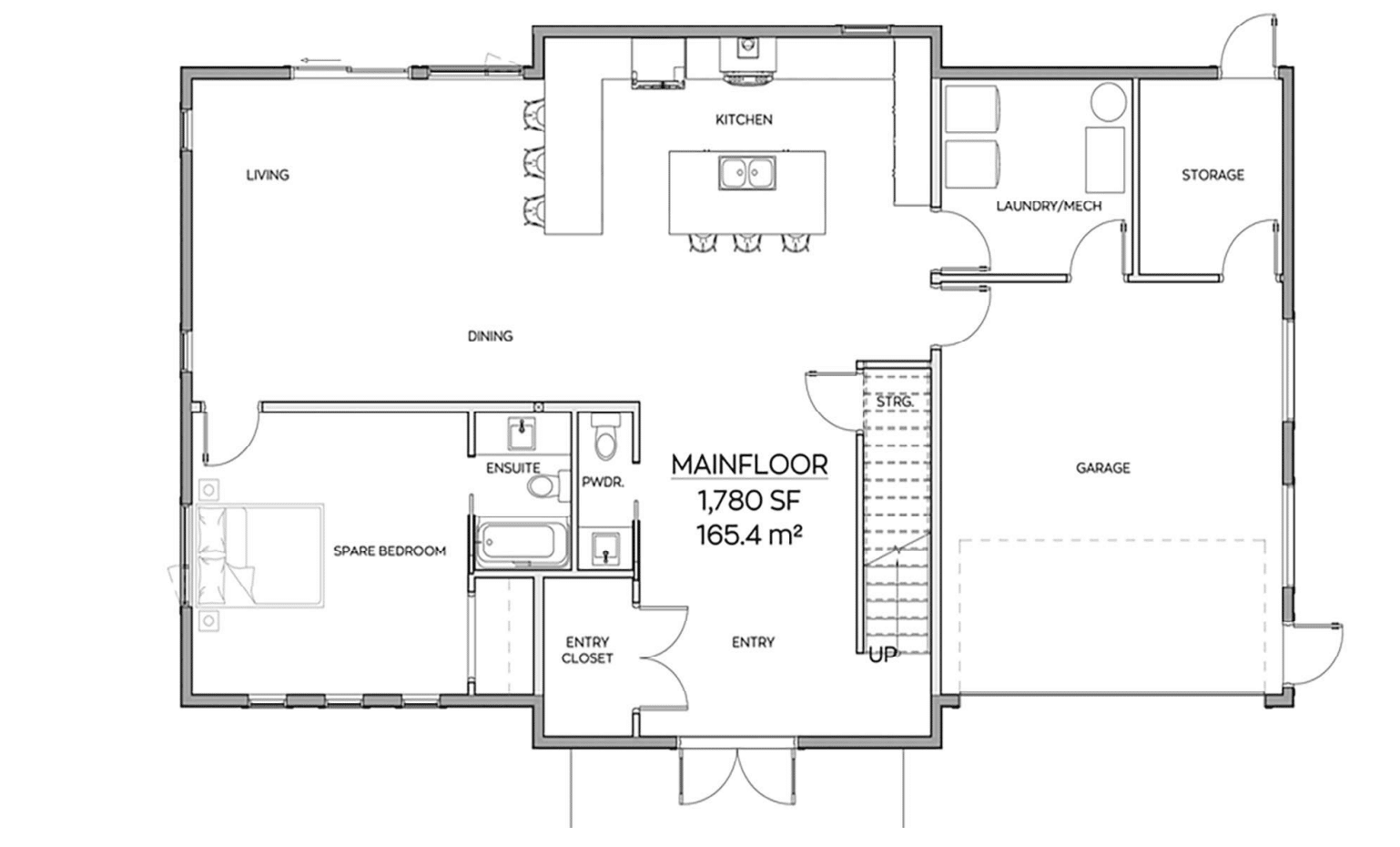Universal design, also called barrier-free design, is an inclusive approach to designing products, environments, and spaces that are accessible and usable by people of all ages, abilities, and backgrounds, without the need for adaptation. The goal of universal design is to create spaces and products that are functional, aesthetically pleasing, and comfortable for everyone, regardless of their physical or cognitive capabilities.
Here’s why universal design matters:
Inclusivity and Accessibility
Universal design promotes inclusivity and ensures that everyone, including individuals with disabilities, such as those requiring a wheelchair, can access and use spaces and products with ease. It removes barriers and enhances accessibility, which is essential for creating a more equitable and inclusive society.
Aging in Place
As generations age, universal design becomes increasingly important. It allows older adults to age in place comfortably and safely by creating homes and environments that accommodate changing physical needs.
Safety and Independence
Universal design features, such as slip-resistant flooring, well-placed handrails, and wider doorways enhance safety and promote independence. This reduces the risk of both accidents and injuries.
Marketability
Homes and products that incorporate universal design principles are more marketable. They appeal to a broader range of potential buyers and renters, including those with disabilities and older adults who may be looking for homes or products that meet their specific needs.
Long-Term Cost Savings
Investing in universal design features during the initial design and construction phases can lead to long-term cost savings. Retrofitting spaces to make them accessible can be expensive and disruptive, while incorporating these features from the start is often more cost-effective.
Adaptability
It allows for greater adaptability of spaces and products over time. As people’s needs change, whether due to aging, injury, or other factors, spaces and products designed with universal principles can accommodate those changes without major renovations.
Enhanced Aesthetics
It doesn’t require a compromise in aesthetics. In fact, well-designed features can enhance the overall look and feel of spaces and products, making them more aesthetically pleasing for everyone.
Compliance with Regulations
Many countries have regulations and building codes that require a certain level of accessibility in public spaces and residential buildings. Incorporating universal design principles ensures compliance with these regulations.
Social Responsibility
Embracing this style of design reflects a commitment to social responsibility and an understanding of the diverse needs of society. It promotes a culture of empathy and inclusion.
Future-Proofing
It future-proofs spaces and products by making them adaptable to evolving technologies and lifestyles. This is particularly relevant in an era of rapidly advancing technology and changing demographics.
In summary, universal design is a design philosophy that emphasizes inclusivity, accessibility, and adaptability. It matters because it helps create a more equitable and inclusive society, promotes safety and independence, and offers numerous practical benefits, including long-term cost savings and marketability.
If you’re curious about floor layouts, make sure you get access to our



